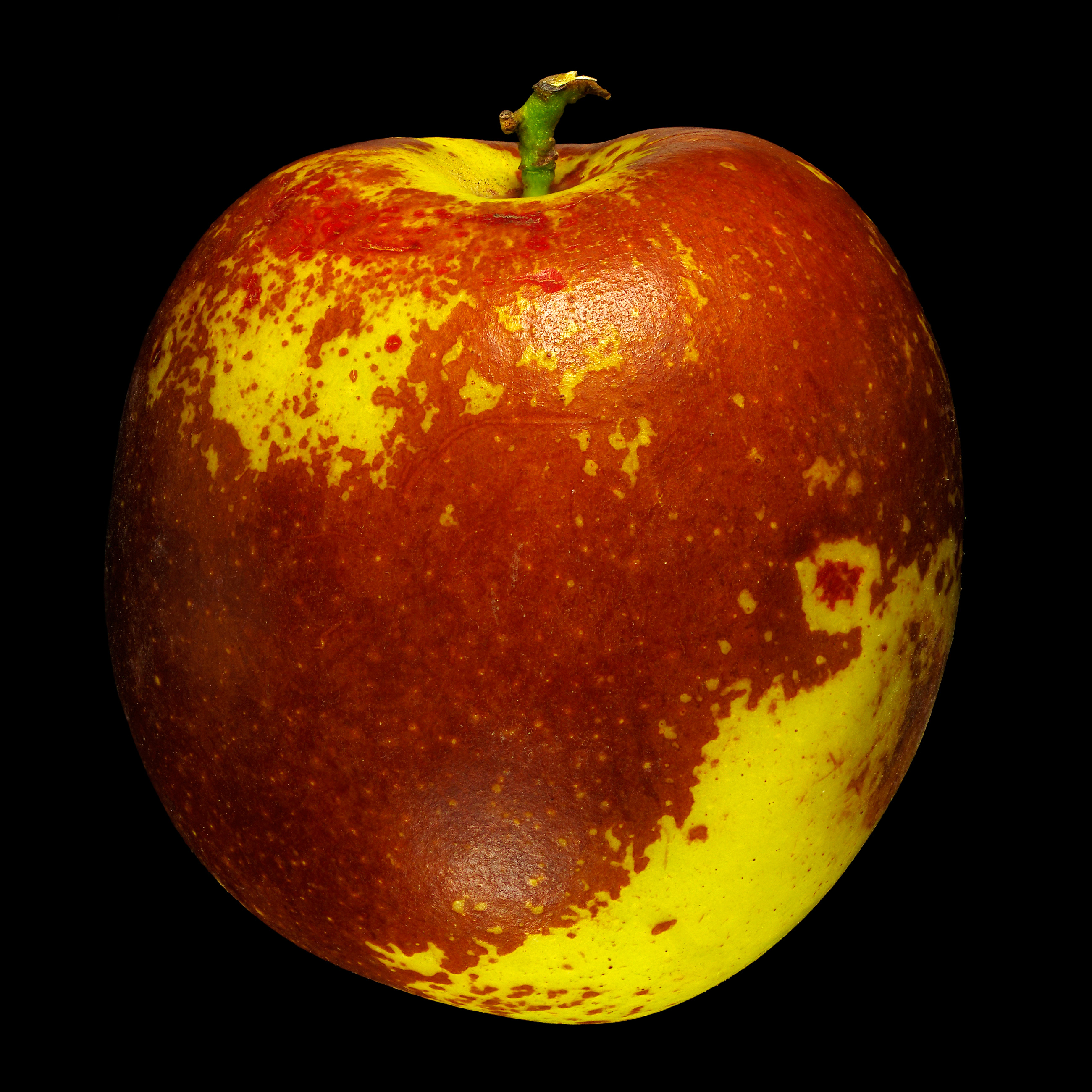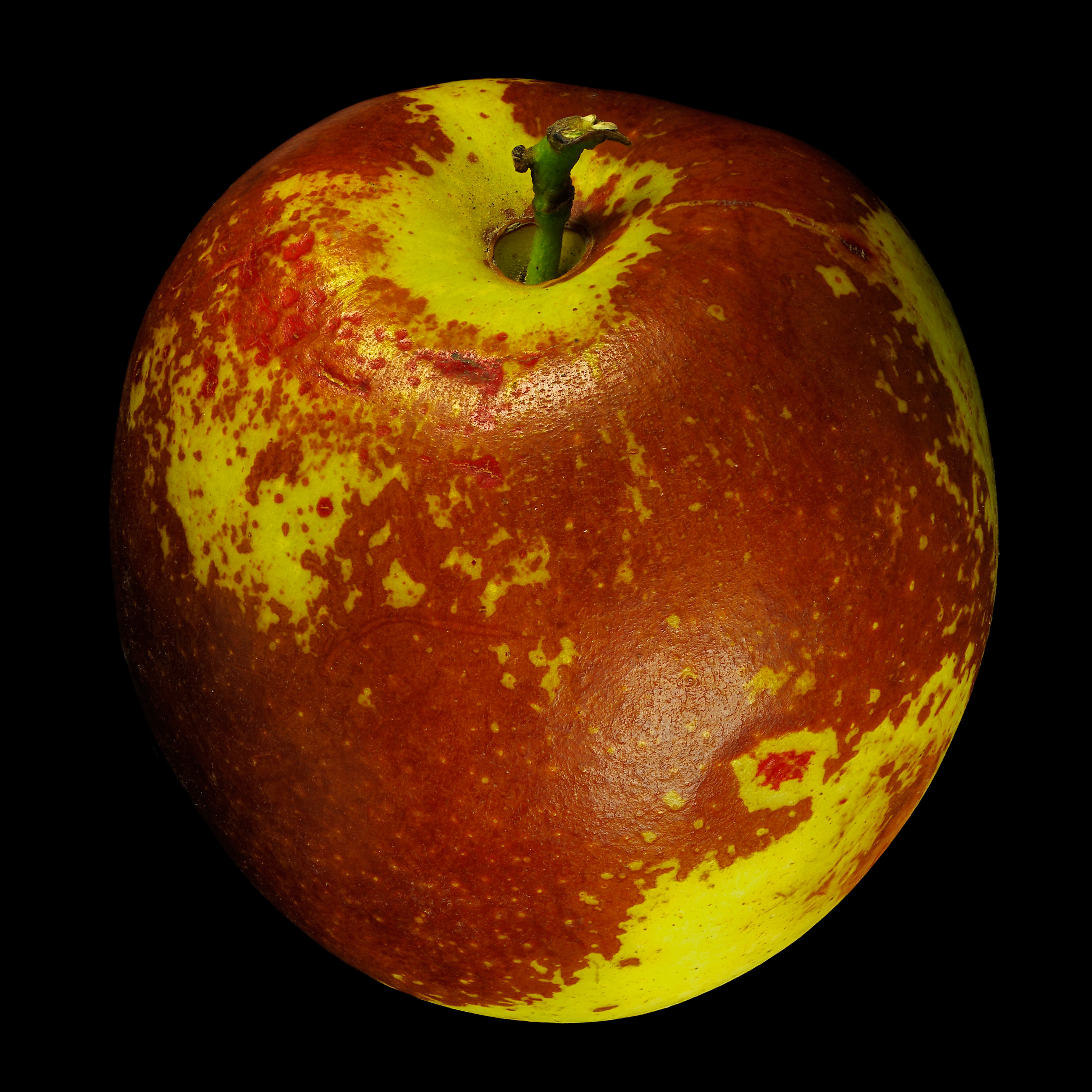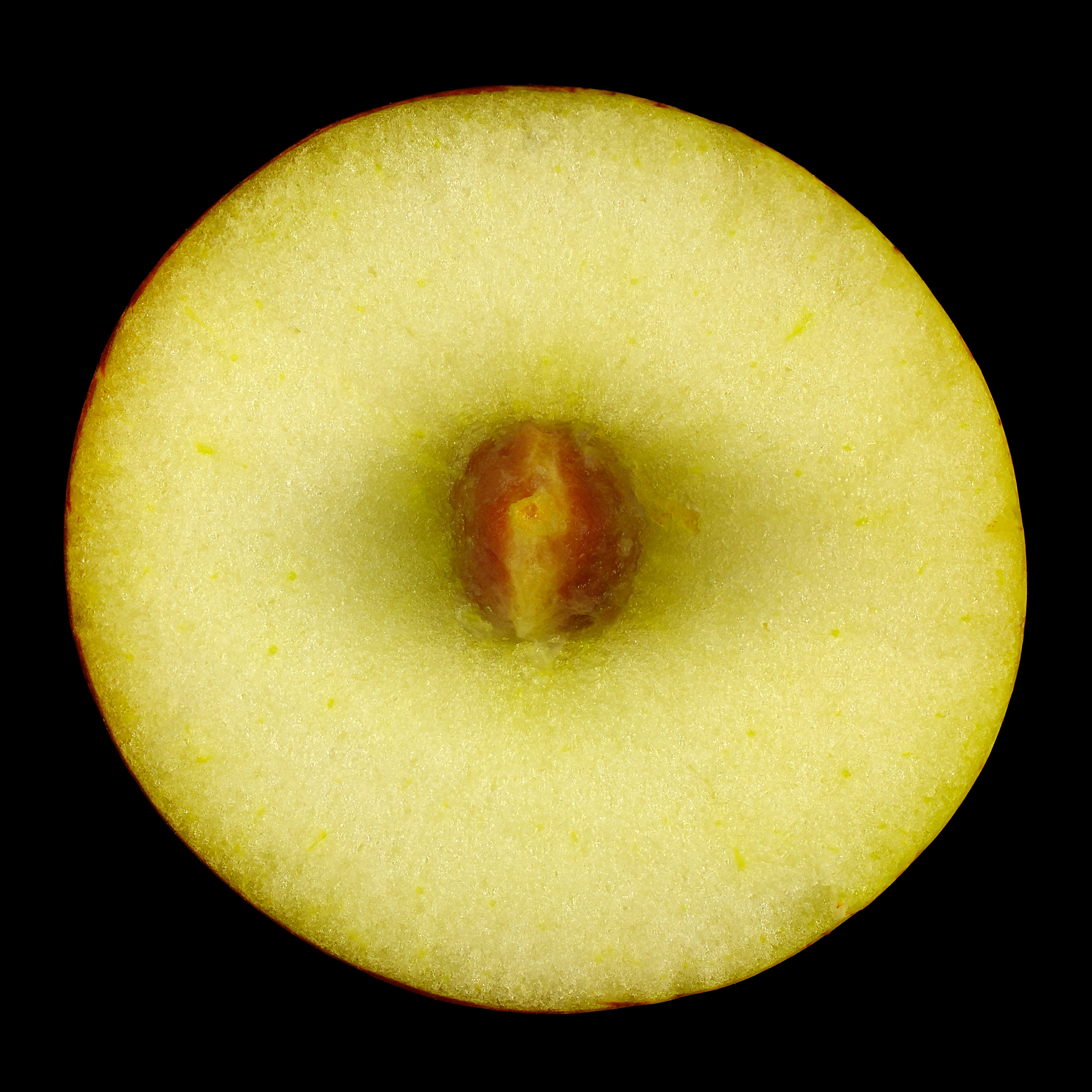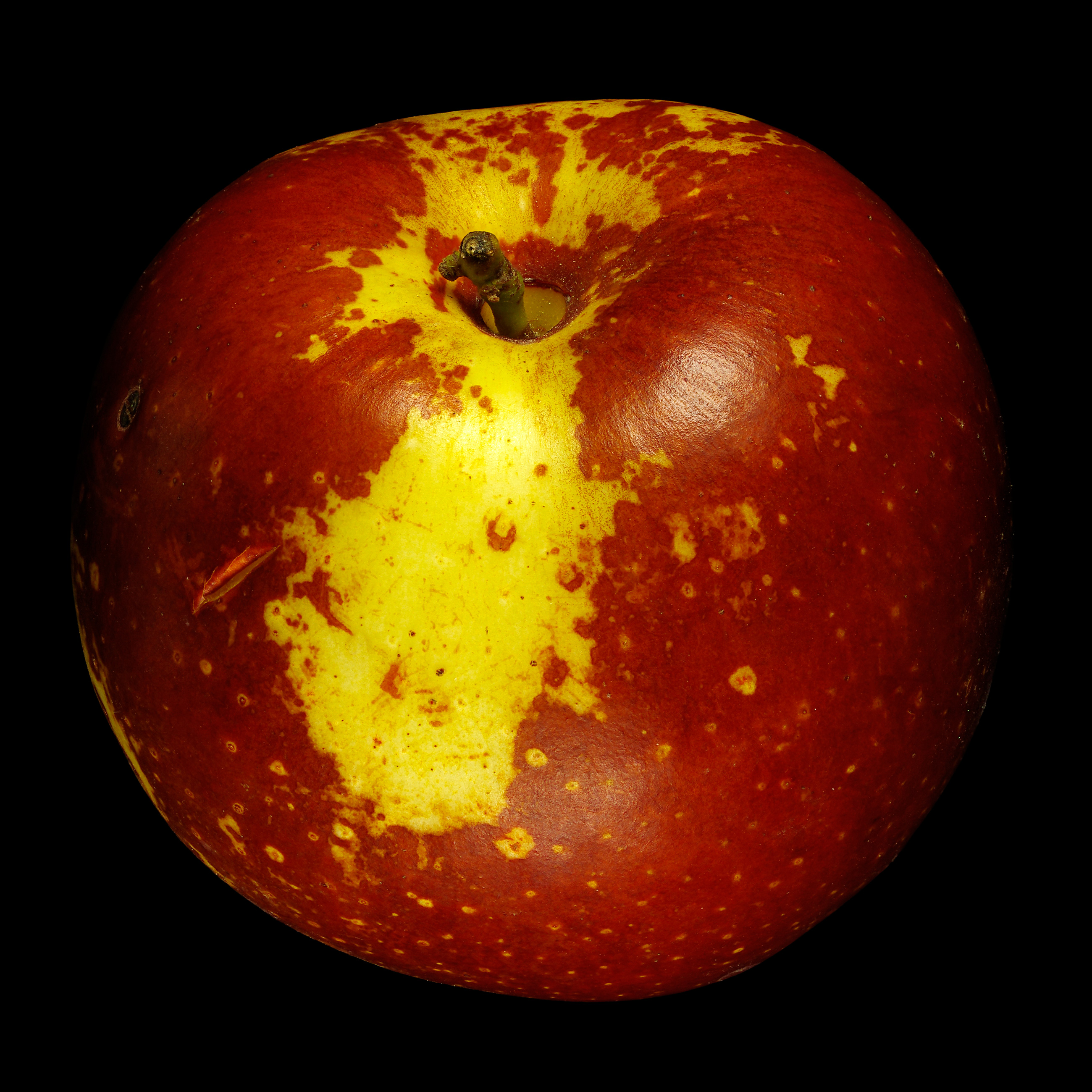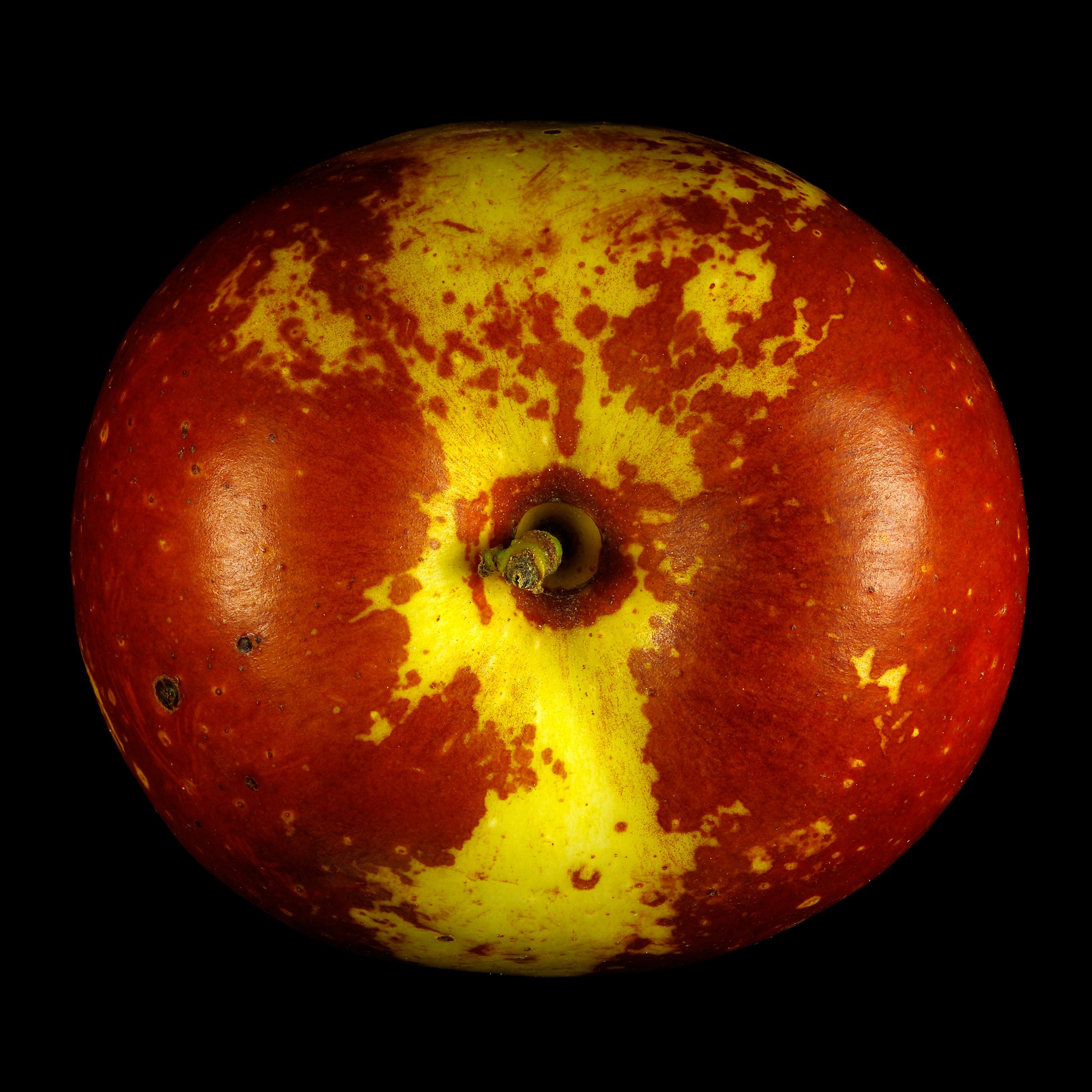Jujube: Ziziphus jujuba
Small apple with kernelDuring the ripening process, the initially yellow fruit is covered more and more with reddish-brown spots until the whole skin is brown. The consistency of the flesh is very crunchy and at the same time tender, not very juicy, but not dry. The riper the fruit becomes, the sweeter it tastes, bitter substances are reduced. Inside, there is a kernel reminiscent of an apricot kernel. Jujubes are often oval to elongated, but sometimes round.
Jujube can be eaten fresh, but are most appreciated when dried. They are often sold as dried fruit, mostly smoked (“black jujube”), sometimes candied. They are also processed into pastries, desserts and sweets. In Korea and China, fruit tea, juice, syrup and vinegar are made from the sweet fruits. The Chinese wine Hong Zao Jiu (红枣酒) is also made from jujubes. Similar to rum raisins, jujubes are also preserved in alcohol (Jiu Zao (酒枣). The Korean spice paste Kochujang, a kind of miso made from (up to several years) fermented chili and soybeans, is sometimes made with dried and ground jujubes.
In India the fresh or dried pitted fruits are processed together with tamarind pulp, palm syrup (jaggery), chili and salt to “Ilanthai Vadai” or “Regi Vadiyalu”, a kind of spicy fruit bread or biscuit. If the fresh fruits are eaten, they are often seasoned with chili flakes and salt.
Even though the Chinese jujube comes from East Asia, the fruit has been known in the Mediterranean region since ancient times and soon became native here as well as in the Near East and partly even in Central Europe, in some regions it has even attained its own cultural and culinary significance. In Italy, in Arquà Petrarca near Padua, the “Festa delle Giuggiole” takes place in honour of the Jujube. The alcoholic syrup “Brodo di Giuggiole” also comes from Italy. In Palestine, the fruit is known as Nabk and is eaten as dried fruit or a kind of fruit bread. In Croatia Jujube is not only used to make jam, but sometimes also the well-known fruit brandy Rakija. From Morocco comes jujube honey.
The German names “Brustbeere”, “Brustbeerlein” (Hieronymus Bock) and “Rot-Brust-Beerlin” (Clusius and Dodoens) also refer to a medical effect on breast and lungs described in the third century by the Roman writer Quintus Gargilius Martialis.
- Edible Fruits
- Type of Fruit Drupe
- Culinary Group Stone fruits
- Taste Sweet
- Trivial Names Chinesische Jujube, Jujube, Chinesische Dattel, Kumul-Dattel, Rote Dattel, Brustbeerlein, Rot-Brust-Beerlin, Daechu, 대추, Azufaifa, Black jujube, Red date, Chinese date, Jujubier commun, Pomme malcadi, Pomme surette, Petit pomme gingeolier, Dindoulier, Giuggiole, Azoggar, Zefzouf, Nabk, Sii dem
- Size 4 cm
- Taxonomy Rhamnaceae Ziziphus jujuba
- Origin East Asia (Map)
- Locality Market in Shanghai 2018




